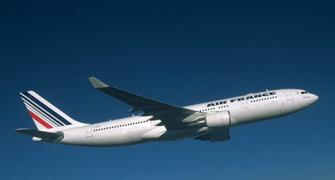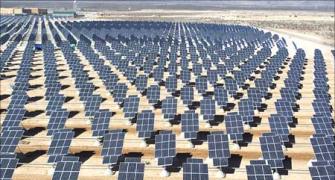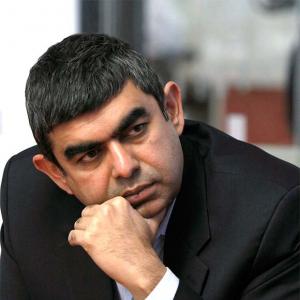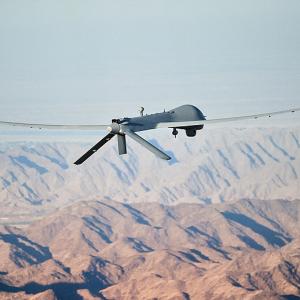In a shot in the arm for Space Exploration Technologies, or SpaceX, founded by high-tech entrepreneur Elon Musk, the California-based company scripted history when its Falcon-9 rocket booster successfully landed at Cape Canaveral after despatching 11 communications satellites to orbit.

The upgraded, 23-storey-tall rocket lifted off from Cape Canaveral Air Force Station at 8.29pm EST (6:59 IST on Tuesday), with the main stage returning about 10 minutes later to a landing site about six miles south of its launch pad.
Minutes after blast-off, the Falcon 9’s first stage rocket separated from its upper-stage booster, which continued on into orbit to release ORBCOMM's satellites, which will provide machine-to-machine messaging services on the ground - such as between retailers and shipping containers.
The rocket’s main stage then turned around, fired a series of engine burns, deployed landing legs, and settled itself onto a newly refurbished landing pad occupying a decommissioned missile site.
SpaceX employees erupted in jubilation as they watched a live stream of the 156-foot-tall white booster slowly descending amid a glowing orange ball.
"Welcome back, baby!," Musk said in a celebratory tweet.
Musk has said the ability to return its rockets to Earth so they can be refurbished and reflown would slash his company’s operational costs in the burgeoning and highly competitive private space launch industry.
SpaceX, which has more than 60 launch missions pending collectively worth about $8 billion, previously experimented unsuccessfully with attempts to land its rockets on a platform in the ocean.
Before Tuesday's launch, SpaceX had been grounded since June 28, when a Falcon 9 rocket exploded shortly after launch during a space station cargo run for NASA.
Investigators traced the problem to a faulty support beam that held a bottle of helium inside the rocket's upper-stage liquid oxygen tank. When the strut broke, helium flooded into the tank, causing it to over-pressurize and then explode.
SpaceX switched to a new supplier for the steel struts and upgraded its testing program, Musk later told reporters. The Falcon rocket launched on Tuesday also included a more powerful first-stage engine and a beefed-up landing system.
According to arstechnica.com, in some ways, the mission marks the dawn of a new space age. It begins to deliver on the promise of reusable launch vehicles, which is critical to increasing access to space.
Musk has said it costs the company about $60 million to build a Falcon 9 rocket. The propellant itself only costs $200,000. Thus there is the potential to slash the costs of spaceflight by 10, or even 100 times.
Now the company will have to demonstrate it can refurbish a rocket stage with relatively little work, and then it must re-fly the stage. With the space shuttle NASA had a largely reusable vehicle, but it required a huge standing army of employees to turn around. SpaceX must show it can do this more efficiently, and then do it consistently. With Monday night's successful flyback, however, it arguably took the most difficult step, arstechnica.com added.










